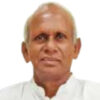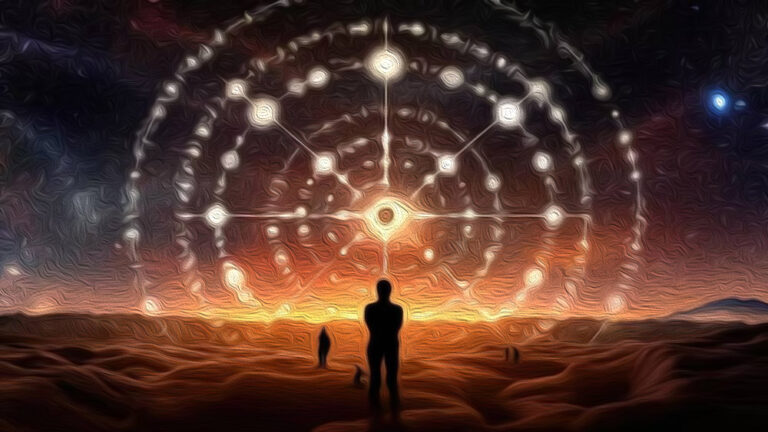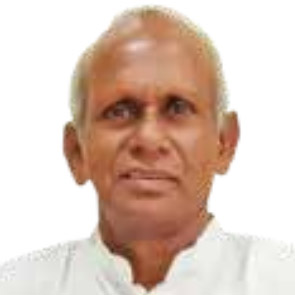Alignment is simply an order. It is a beautiful word that is viewed as having its presence felt in the cosmos among the billions of galaxies and the billions of stars within, separated by trillions of miles. It speaks of the correct relative positions of planets and stars based on the principles of gravitation, pulls, and counter-pulls. This is called a position of agreement or alliance. Any tilt in the alignment or in the relative positions will cause explosions and chaos. Such is the cosmic significance of alignment.
At the human level, it is putting things in order. Our human parts are correctly aligned with one another. Each part is vital to the other. Similarly, the internal organs are in perfect order. It is natural. It is ordained. Nature has facilitated this order. Any dislocation of the part will disturb the beauty of the entire anatomy. An artificial limb is artificial. Nothing more than that. It cannot replace the natural one. When a tree’s entire structure is completely in line with the trunk and roots, the same theory applies.
Silence has a valuable place in human life. It entails identifying your source through unwavering observation, allowing you to transcend the body-mind split and establish a connection with your fundamental consciousness. This occurs only when the body and mind are in harmony with each other. There is a profound sense of inner peace and tranquility that comes with living by our life’s mission. Our ideas, decisions in life, and direction should all uphold our fundamental principles. We are in alignment when we follow our intuition and navigate the world by being our authentic selves. Alignment is both a function and an effortless motion.
In Hatha yoga, the body is given more importance since it believes that without it, any form of sadhana for the Higher is impossible. Though the body is an illusion to the extent it is not immortal, it is a reality in its own sense of existence, without which the creation becomes meaningless. Hence, the mandatory law is that we should keep the body in perfect order so that it can enable it to do many things in the daily life but also to proceed on the journey of discovering the meaning of existence. It is a key to progress in every aspect of our life. Asana sets right the body in order so that the balance is maintained. When the balance is maintained, it can ward off disease. Alignment means the correct arrangement of our body parts in a pose or during a transition; it unlocks new possibilities! Having the right alignment means we are getting the most out of the pose, whether it is mobility, strength, or flexibility training. It also means minimizing our risk of injury. If we do not have the correct alignment, it may cause a repetitive strain injury over time. Or it may cause annoying troubles like knee or shoulder pain.
Another example of alignment is standing up straight. Many of us don’t raise our heads when moving. We appear to be carrying the world on our heads when we gaze down. There is a curve in the spinal cord. Our sitting position is also unbalanced. We’re not sitting up straight. When working while standing, it matters. In this way, the head and brain are positioned differently from the body. The blood flow between these two areas becomes chaotic. As a result, the body and the mind become out of harmony.
Aligning the body and mind, or the mind and body, is the most important. Establishing this order makes it simpler to interact with our surroundings. It is impossible to connect with the environment if there is chaos in the relationship between the body and the mind. The triangle formed by the body, the mind, and the environment is this. The misalignment between one’s outer world and one’s inner world is frequently the cause of a midlife crisis.
At every stage of our lives, the alignment principle operates in a subtle way. We must always strike a balance between our actions and who we are. It calls for extreme alertness. This understanding is essential to our survival. It eliminates the aberrations and brings our life back into harmony. This awareness is who we are. Call it consciousness. Only from this vantage point do our body and mind function.
Fundamentally, Hindu philosophy asserts that we are not our physical bodies or even our mental states as beings. We are what the Upanishads refer to as pure consciousness, Shiva, or Brahman—that which lives by using both the body and the mind. We can have a profession that requires us to work quickly and deal with outside influences. But I advise giving it some thought whenever life presents us with the opportunity to do so. Whenever life affords us the opportunity, whether it be on a Sunday morning when the Sun is beaming through the clear skies, the birds are chirping, and when we are sipping our morning beverage, appreciate the moment, or when we’re trying to come up with a grand theory of equanimity.





















